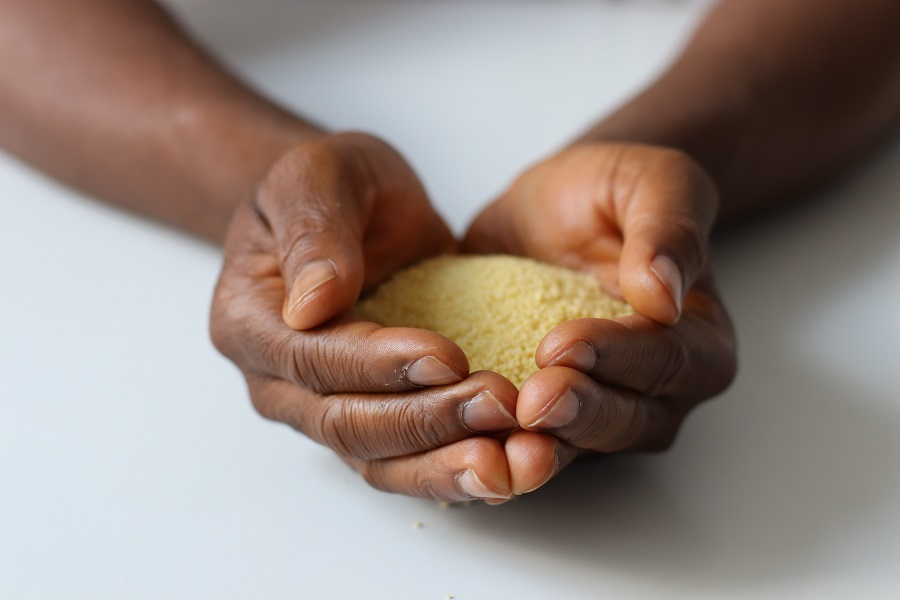Sudan famine confirmed: Food insecurity rampant and food stocks expected to deplete by February
Key takeaways
- Famine has struck besieged areas in Sudan, like El Fasher and Kadugli, driven by conflict, displacement, and blocked aid access.
- Hunger is worsening sharply in active conflict areas (especially Western Sudan), contrasting with fragile, localized improvements where fighting has subsided.
- Starting February 2026, IPC anticipates hunger will worsen for these areas as food stocks run out and fighting continues.

Sudan is witnessing the highest levels of acute food insecurity and malnutrition in El Fasher and Kadugli, warn the UN Food and Agricultural Organization (FAO), World Food Programme (WFP), and UNICEF. The latest Integrated Food Security Phase Classification (IPC) analysis reveals that where conflict-hit locations have been largely cut off from humanitarian assistance or under siege, famine has now taken hold — IPC’s most severe malnutrition classification.
“The deadly combination of hunger, disease, and displacement is placing millions of children at risk,” says Lucia Elmi, UNICEF director of Emergency Operations. “Among them, girls often bear the brunt facing increased risks of malnutrition, gender-based violence, and being pulled out of school.”
“Therapeutic food, safe water, and essential medicines and health services can save lives, but only if we can reach children in time. We urgently need parties to abide by their obligations under international law and to provide humanitarian actors with safe, timely, and unhindered access to children.”
The latest IPC snapshot of food insecurity and malnutrition in Sudan shows stark contrasts along conflict lines, with some improvements where fighting has receded and services have resumed. However, these fragile improvements are highly localized.
“Many families returning to Khartoum and Al Jazirah have lost everything and will struggle to benefit fully from the harvest,” details the report. “Meanwhile, in the western regions of Sudan — notably North Darfur, South Darfur, West Kordofan, and South Kordofan — active conflict and severely restricted access is driving a sharp deterioration in hunger and malnutrition.”
Starting February 2026, IPC anticipates hunger will worsen as food stocks run out and fighting continues.
Famine in besieged El Fasher and Kadugli
The UN agencies note that across all critically affected regions, the drivers of hunger are evident: conflict, displacement, and blocked humanitarian access. In El Fasher and Kadugli, people have suffered months without reliable access to food or medical care. Markets have collapsed and prices of staple goods have soared.
The IPC’s Famine Review Committee (FRC) warns famine conditions are occurring in El Fasher in North Darfur and Kadugli in South Kordofan. These areas had been classified as IPC Phase 4 (Emergency) in 2024 and are now at the most severe Phase 5 as famine thresholds for food consumption, acute malnutrition, and mortality have been surpassed.
Conditions in Dilling, in South Kordofan, are likely similar to Kadugli, but cannot be classified due to insufficient reliable data — resulting from restricted humanitarian access and ongoing hostilities.
 The IPC’s Famine Review Committee (FRC) warns famine conditions are occurring in El Fasher in North Darfur and Kadugli in South Kordofan.In the Western Nuba Mountains, conditions have marginally improved, details the IPC analysis. However, the risk of famine remains high if humanitarian access does not improve.
The IPC’s Famine Review Committee (FRC) warns famine conditions are occurring in El Fasher in North Darfur and Kadugli in South Kordofan.In the Western Nuba Mountains, conditions have marginally improved, details the IPC analysis. However, the risk of famine remains high if humanitarian access does not improve.
The FRC flags the risk of famine in 20 additional areas across Greater Darfur and Greater Kordofan, encompassing rural localities and displacement camps. This includes several new locations in East Darfur and South Kordofan.
Nutrition emergency drives child deaths
Meanwhile, outbreaks of cholera, malaria, and measles continue to rise in areas where health, water, and sanitation systems have collapsed, further increasing the risk of death among malnourished children.
UNICEF, WFP, and FAO are prioritizing the hardest-hit areas with integrated food, nutrition, health, agricultural, and livestock health support. But access remains inconsistent and humanitarian workers and supplies are frequently targeted. Aid convoys face delays, denials, and security threats.
“WFP has made hard-won gains and is now reaching more than four million people each month with vital food assistance,” says Ross Smith, WFP’s director of Emergencies.
“We see what’s possible when we can deliver vital aid: families rebuild, markets revive, and children get the food they need to survive. But conflict still decides who eats and who does not. Too many communities are being pushed into starvation simply because we cannot reach them. We need additional funding and sustained, unhindered access — now — to stop famine from spreading.”
The agencies call for an end to hostilities and safe, unimpeded, and sustained humanitarian access, which is urgently needed to prevent further loss of life and protect livelihoods.
Sudan’s armed conflicts, alongside those that have taken hold in Nigeria and Myanmar, have led to a surge in global acute food insecurity from 281.6 million in 2023 to 295.3 million people in 2024, according to figures from the European Commission’s Joint Research Centre earlier this year.
In June, a joint UN report underscored Sudan alongside Palestine, South Sudan, Haiti, and Mali as the five global “hunger hotspots” facing the most extreme risk of starvation and death.
From an industry perspective, food fortification remains a viable pathway to broadly address critical dietary gaps for populations. Recently, Penn State researchers recommended the agronomic zinc biofortification for fast-growing and nutrient-dense microgreens as a solution to global hunger.












